The hawk is actually a large group of predatory birds, and there are many different species – more than 50 different species – all of which have sharp talons and beaks. These birds are similar to eagles and owls, but they have several distinct differences.
Hawks and eagles are active during the day, while owls are active at night. Eagles are much larger than hawks, but otherwise quite similar. Read on to learn about the hawk.
Description of the Hawk
Different species of this bird come in a wide variety of sizes and plumage, or feathers. They have sharp talons on their feet, and sharp curved beaks.
Their colors and patterns range wildly, and some birds are solid in color while others have markings or bands. Hawks have relatively large eyes, though not quite as large as those of owls, who need to see clearly in the dark.
Interesting Facts About the Hawk
Hawks are incredible birds, and impeccable predators. There are many different species of them, and we highlight several interesting species below.
- Harris’s Hawk – This species lives in the Southwest United States and much of Mexico. Some people call these birds the wolves of the sky, because they hunt in packs. In fact, they are one of the only species of hawks that works together to trap and catch prey.
- Ferruginous Hawk – This is one of the largest hawk species around – the largest individuals having a wingspan up to five feet across! Their name means “rust-colored,” in reference to the reddish colored patterns on their plumage.
- Red Tailed Hawk – Red tailed hawks get their name from the reddish coloration on their tail tips. These birds are incredibly common, and if you see a hawk soaring through the sky, it is most likely a red-tailed! If you are watching a movie, and hear an eagle cry echo through the sky, chances are that sound actually came from a red tailed hawk.
- Red Shouldered Hawk – Not to be outdone by their red-tailed cousins, red shouldered hawks have, you guessed it, reddish colored feathers on their shoulders. This species sometimes forms unlikely alliances with crows. Normally, American crows chase and hassle this red shouldered species. However, if they spot a great horned owl, both the crows and the red shouldered hawk join forces and mob the owl.
Habitat of the Hawk
These birds live in virtually every single habitat on earth, save for extreme polar regions. They live in both tropical regions with high rainfall, and dry arid regions. They also inhabit temperate regions with warm weather in the summer and cold weather in the winter.
They hunt in forests, marshes, wetlands, meadows, prairies, deserts, rainforests, and more. Some species also live in urban areas, both in parks and gardens, as well as farms and even large cities.
Distribution of the Hawk
Various species of these birds live across the vast majority of the world. Save for Antarctica and a few small islands, the various species live on nearly every landmass on earth. They live in North, Central, and South America, as well as Eurasia, Africa, Australia, and more.
Each species of these birds has a different range, though many species have overlapping populations. Some species live across huge ranges, while others live only in a small region.
Diet of the Hawk
Hawks are birds of prey, and thus obligate carnivores. This means that they only eat meat, and never consume any plant matter. Because they live in so many different habitats, these birds eat a wide variety of prey.
They hunt rabbits, snakes, rats, mice, squirrels, lizards, fish, birds, and virtually anything small enough to catch. Some species hunt anything they can catch, but others specialize on a few types of prey and eat nothing else.
Hawk and Human Interaction
Hawks and humans run into conflicts relatively frequently. Several hawk species take advantage chickens and other farmed poultry as easy prey, leading to conflict with farmers. Sadly, this often ends with humans shooting nuisance birds.
Hawks also suffer due to habitat destruction. These impacts vary from species to species. Some species have healthy populations and are incredibly common, while other species or subspecies are in greater danger. For example, the IUCN lists many species as Endangered or Vulnerable, including Gundlach’s hawk, Galapagos hawk, Rufous-tailed hawk, and more.
Domestication
Humans have not fully domesticated any hawk species. However, in some regions humans have participated in falconry for hundreds of years. These birds are still wild animals despite this, and humans must treat them as such.
Does the Hawk Make a Good Pet
No, hawks do not make good pets. These birds need lots of space to fly, and plenty of fresh meat to eat. It is very difficult to provide for them properly in a household setting. It is also very difficult for you to acquire the proper permits to own a hawk for falconry purposes.
Hawk Care
The vast majority of hawks in zoos today come from the wild as rescues. Birds that become injured and cannot survive in the wild any more sometimes find homes in zoos or aquariums.
Here they become ambassadors for their species, and help zookeepers teach visitors about the importance of conservation. In exchange, these amazing birds get a lifelong supply of mice, rats, and other food.
Behavior of the Hawk
While some species congregate into small groups, the vast majority of hawks are solitary. Some species are monogamous, and mated pairs remain together for life, but these pairs are territorial and not social with other members of their species.
These birds spend much of their time hunting for food and resting. Different species of have different hunting methods, though many quietly wait on a tall perch until they spot a meal.
Reproduction of the Hawk
Different species of these birds have different reproductive strategies and rates. For the most part, hawks are monogamous for the year or for life. They remain with the same partner for a breeding season, or many breeding seasons.
Females lay between one and five eggs per clutch, and incubation lasts about a month. Depending on the species, the young hawks begin flying and hunting when they are six weeks old or more.


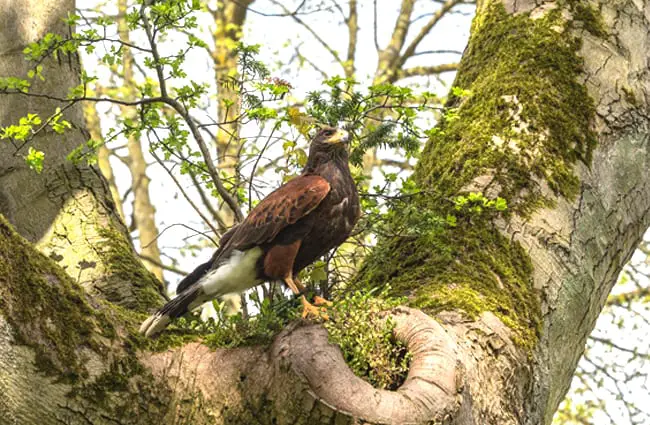
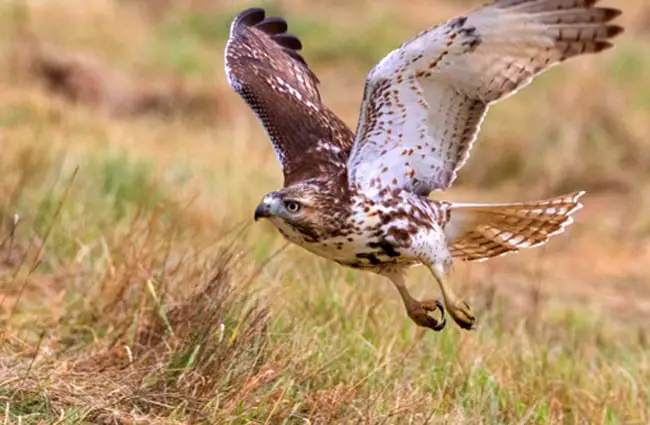
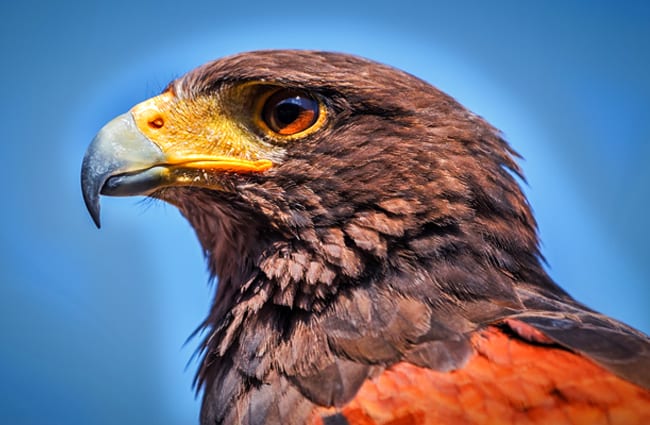


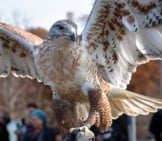
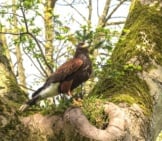
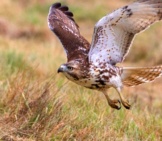
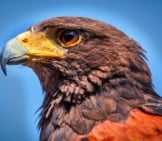


![Red Angus Closeup of a beautiful Red Angus cowPhoto by: U.S. Department of Agriculture [pubic domain]https://creativecommons.org/licenses/by/2.0/](https://animals.net/wp-content/uploads/2020/03/Red-Angus-4-238x178.jpg)


![Red Angus Closeup of a beautiful Red Angus cowPhoto by: U.S. Department of Agriculture [pubic domain]https://creativecommons.org/licenses/by/2.0/](https://animals.net/wp-content/uploads/2020/03/Red-Angus-4-100x75.jpg)

